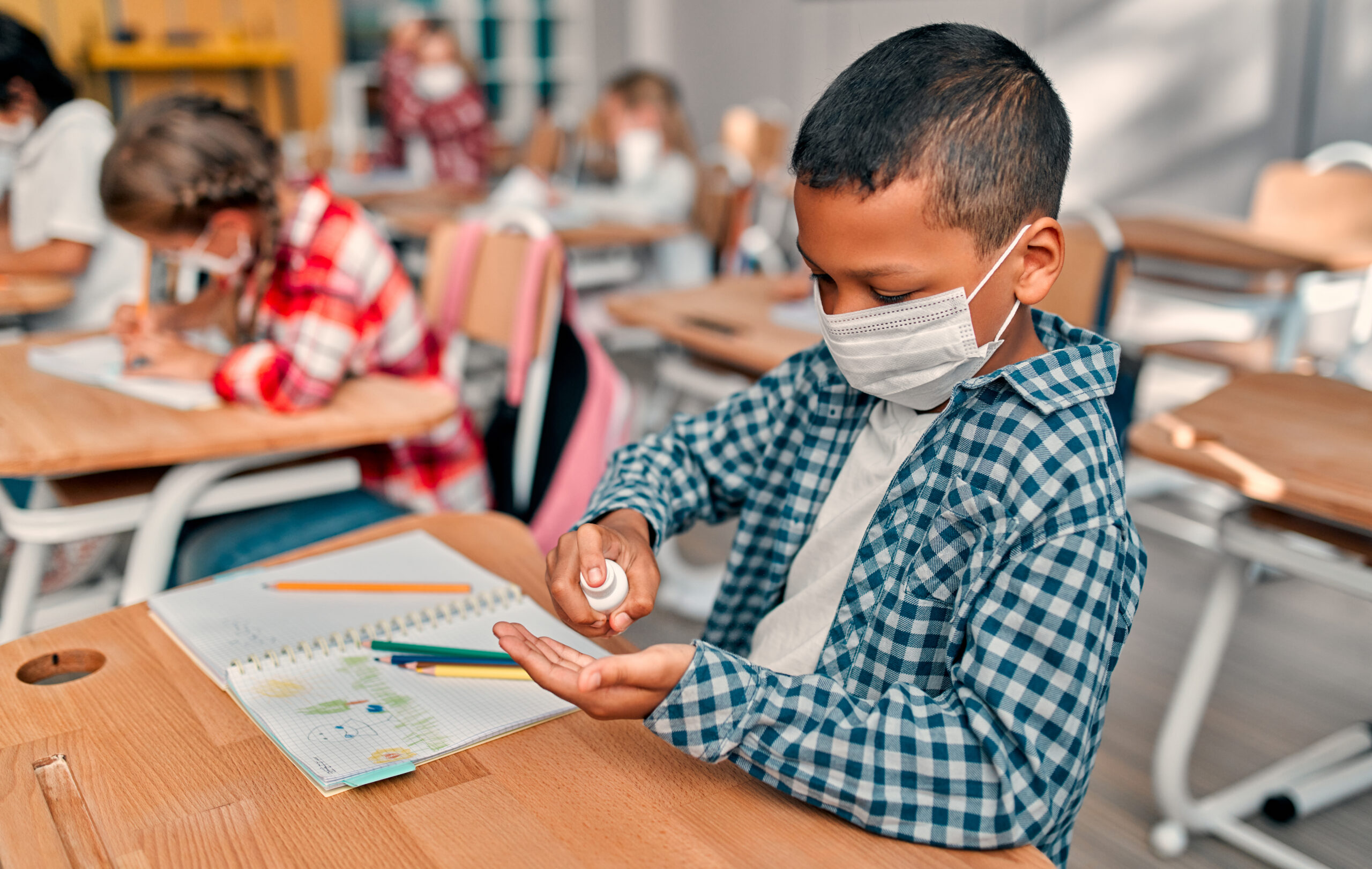As more individuals are vaccinated, and businesses have begun to expand indoor capacity, many are wondering what role masks and social distancing will play in the future. At this stage in the pandemic, it is well known that mask-wearing decreases viral transmission. A 2021 study conducted at Vanderbilt University Medical Center found a 62% decrease in hospitalization reports for respiratory illnesses among children spanning 44 children’s hospitals during the pandemic. Beyond masking, additional factors that could have contributed to this decline in reports of respiratory illnesses include social distancing measures, school closures, minimal use of healthcare services for non-severe illnesses, and fewer gatherings. A second study that collected data from the Taiwan National Infectious Disease Statistics System between 2016 to 2020 concluded that there was a correlation between the enforcements of COVID-19 safety guidelines and the early decline of respiratory disease transmission rates for influenza and pneumonia.
Individuals interacting during the pandemic with masks and social distancing.
Image Source: Martin-dm
As mask mandates have expanded during the pandemic, many researchers have sought to make masks and other personal protective equipment (PPE) more advanced and comfortable. Researcher Patricia Dolez experiments on different fabrics to engineer equipment that could “kill viruses and bacteria on contact.” Other researchers are considering biodegradable masks or masks that contain detectors alerting the wearer to virus exposure. For example, at the University of California, San Diego, researchers are experimenting with masks that incorporate strips to visually identify when someone is infected with COVID-19. The tags track a protein produced by the coronavirus and warn the individual if they have been affected by the virus.
With the continued advancements of mask features, there still stands some disadvantages to social behaviors as a result of wearing masks, such as the effect of mask-wearing on how we convey our emotions. An experiment conducted at the University of Bamberg presented participants with various facial expressions and asked the individuals to identify the emotion. Participants’ ability to distinguish between different emotions expressed with face coverings was diminished for angry, disgusted, happy, and sad expressions, while recognition of fear and neutrality remained the same. Experimenters concluded that wearing face coverings such as masks may affect social interaction by reducing the ability to distinguish emotions. However, the study acknowledged that communication through body language and descriptive words can be just as impactful, potentially limiting the negative impacts of reduced emotional recognition while wearing masks.
We cannot predict post-pandemic life, but what we can see is how useful masks and social distancing can be in preventing disease transmission. However, the continued use of masks does not have to neglect social communication. Throughout the pandemic, we have seen that society has adapted to new ways of connecting with others, most notably through online communication. With this in mind, society post-pandemic should keep in mind how impactful masks can be for maintaining public health safety.
Featured Image Source: Vasyl










